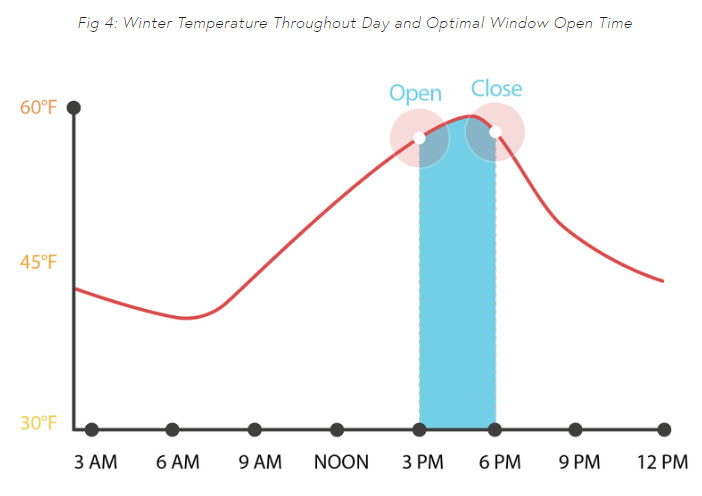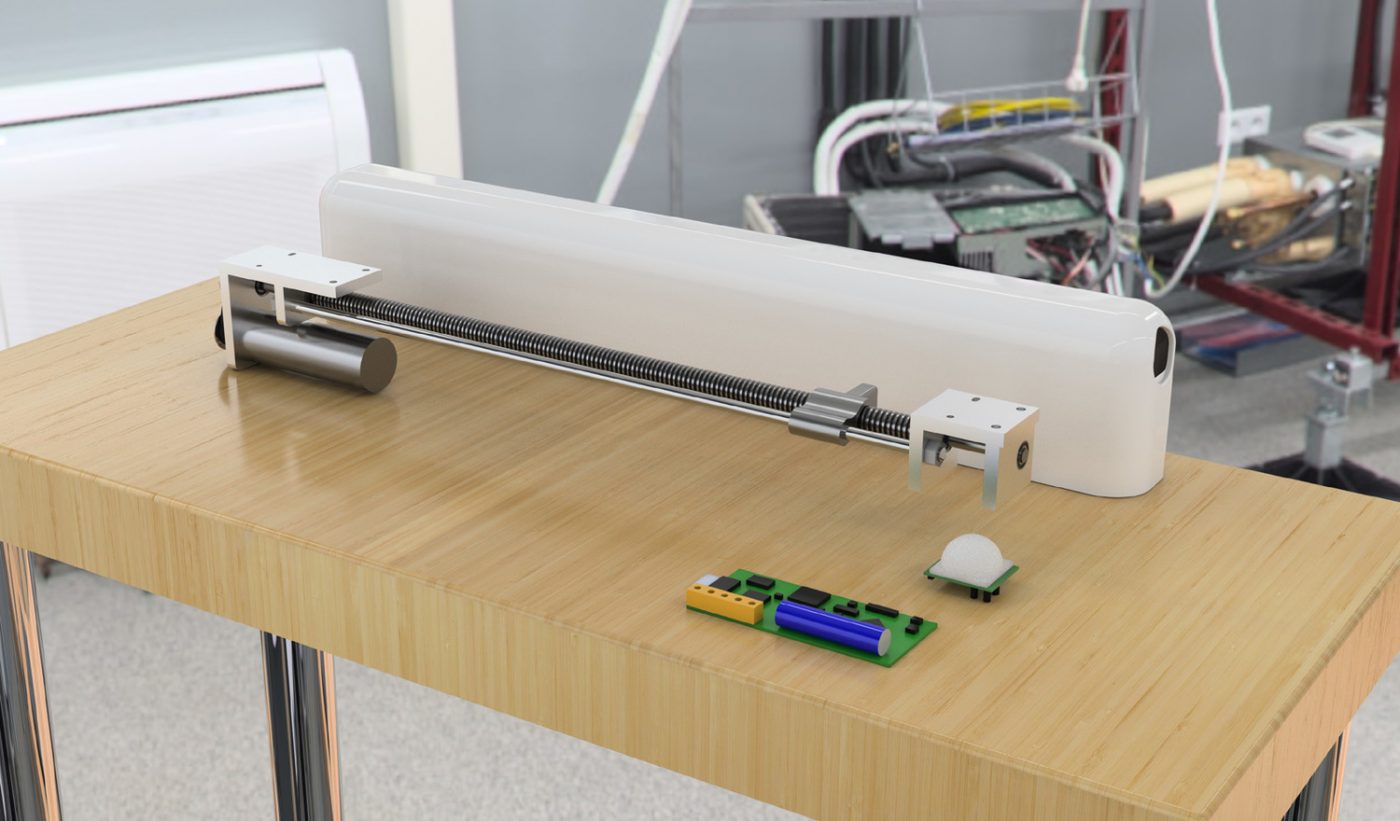The EPA has shown that indoor air can be considerably more polluted than outdoor air. So trying to escape the crummy air outside by rushing back home may not always be the right choice….unless you have good ventilation. fenestra wants to help ensure that ducking back into su casa is a dependable way to get a breath of fresh air; they want to make household windows smart windows. More specifically, fenestra will motorize sliding windows and enable the automation of their opening and closing based on a series of sensors and parameters set by the user.
The key to fenestra’s value is its ability to control the movement of sliding windows based on specific ambient conditions. It does so based on a variety of data points including indoor temperature, humidity, and the local weather conditions. Other helpful information like pollen levels and outdoor air quality are also factored in. These are all presented to users via the compatible Samsung SmartThings app, which they can use to pre-set the opening and closing of the smart windows based on their preferences.

Installing the device is simple. You start by measuring your windows to ensure that the requisite space is available. Every unit comes with a template with guides to precisely mark where each base plate should go. An adhesive film is used to hold it in place. fenestra just snaps into place once the base plate is installed, turning your existing windows into smart windows.
As is the norm in this hardware category, fenestra is IFTTT-compatible and can interface with any device connected to the service. This means that you can pair it with the indoor air quality monitor by Foobot or Nest’s Protect smoke sensor. Additionally, users can connect fenestra with SmartThings devices such as the EcoBee smart thermostat and even Jawbone products.

Along with being smart and simple, fenestra is safe and eco-friendly. Armed with a siren alarm and motion sensors, the device can open or close windows in an instant if required. Obstructions that prevent windows from closing are detected and users are notified through the app. The eco-friendliness comes from the use of a solar panel to power the device. The usage of SmartThings and Zigbee as opposed to power-hungry WiFi is another way fenestra ensures efficiency.
Does the device have a place in a market that’s already crowded with air conditioners that double up as air purifiers? It would seem so. The U.S. Department of Energy has shown in studies that opening windows selectively instead of using the AC saves 10-30 percent on power bills. In certain parts of the world, using windows judiciously can even eliminate the need for artificial air conditioning altogether.

fenestra isn’t available yet, but on their website, you can sign up for updates and receive notification when they’re ready to ship. “We are pushing hard to get the financing done before Q4 2016,” says CTO and Co-founder Daniel E. Treviño. “This will allow us to finish development and have sell-able units just in time for Spring 2017. We are planning on launching fenestra on Kickstarter.”
The pricing is expected to be in the $175 – $200 region. Currently the product is compatible with horizontal sliding windows. Treviño says that choice was made because this type of window is the most commonly used in newer construction in the US. Community feedback will be taken into consideration before wider compatibility is offered.
fenestra seems to be a product that is useful on many levels, but it was certainly born out of a personal necessity. “I’m an allergy sufferer myself and I know firsthand the difference clean air can make,” Daniel explains. “I’ve had fenestra installed in my apartment for over a year and it WORKS.” He promises.


